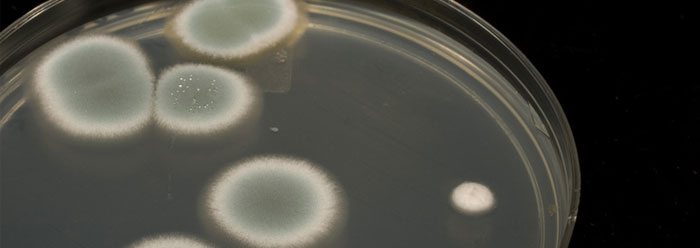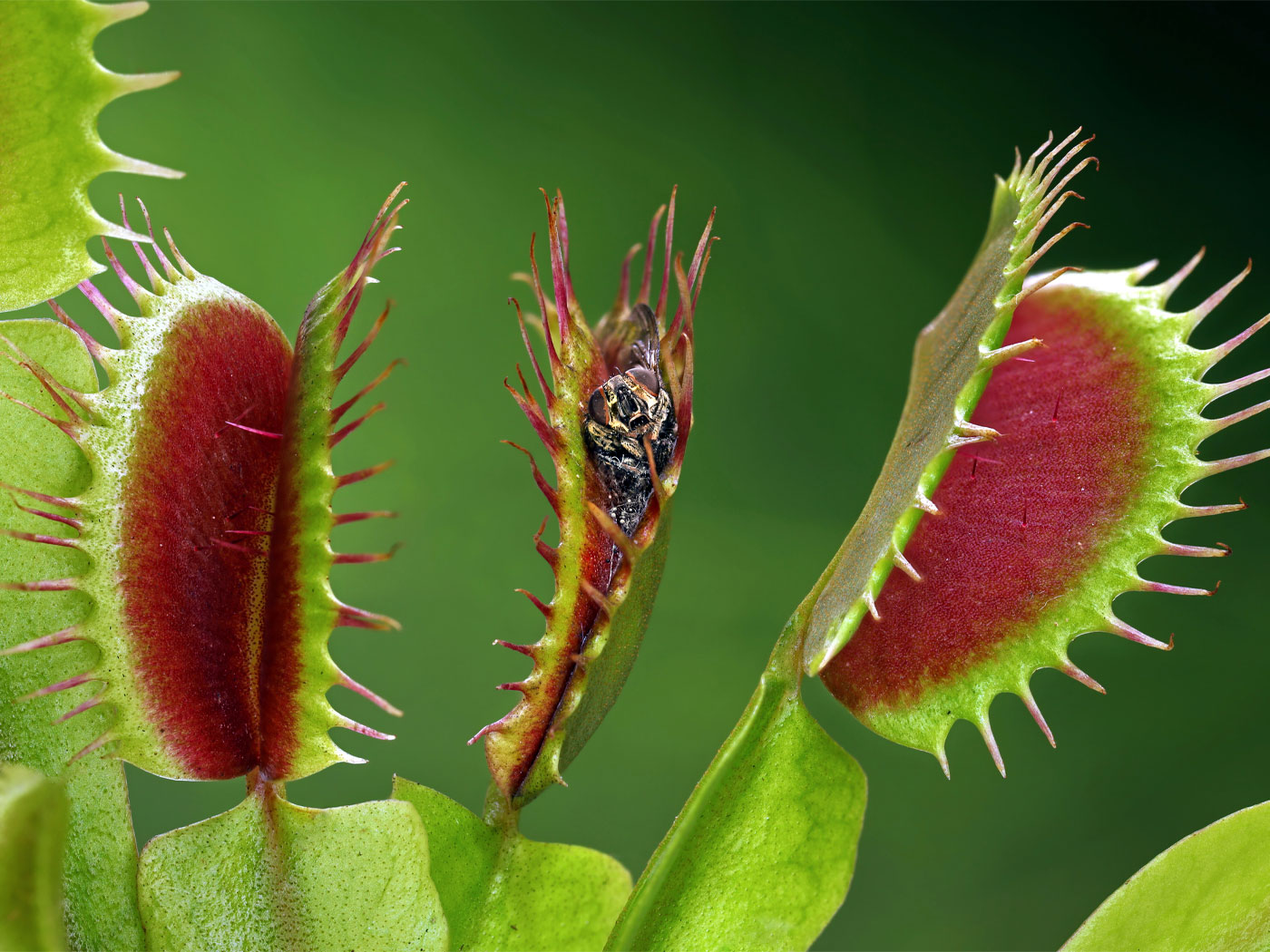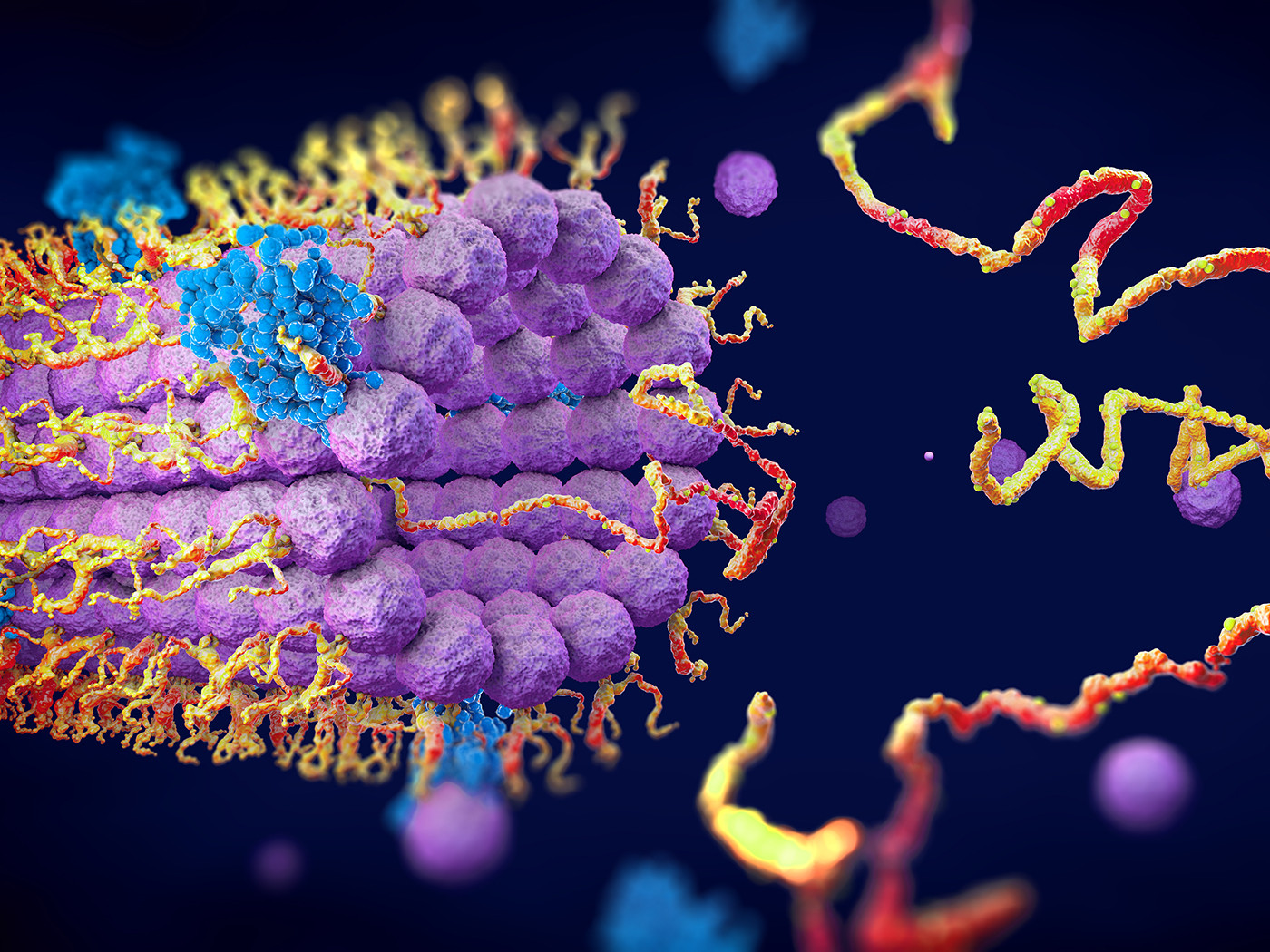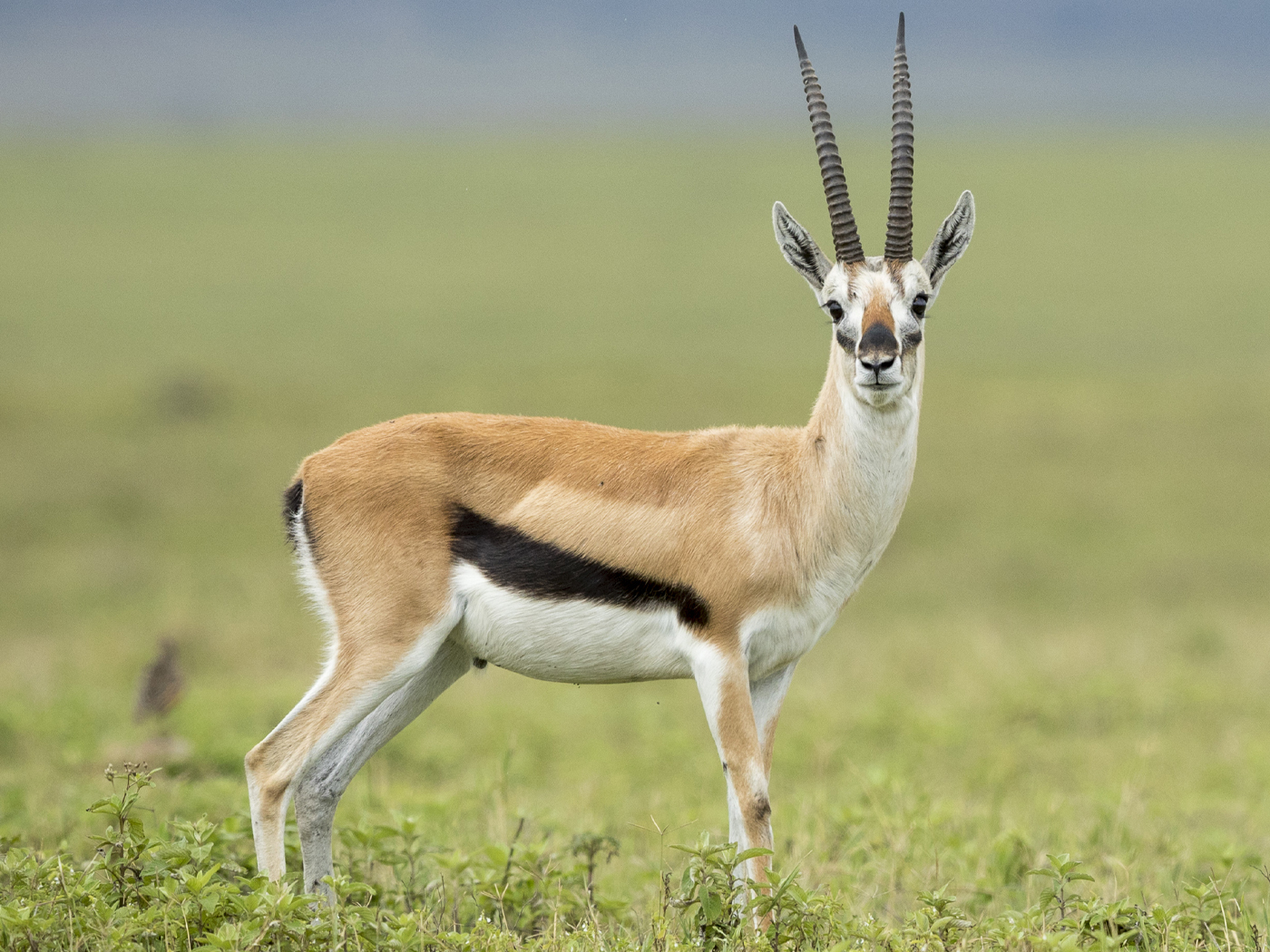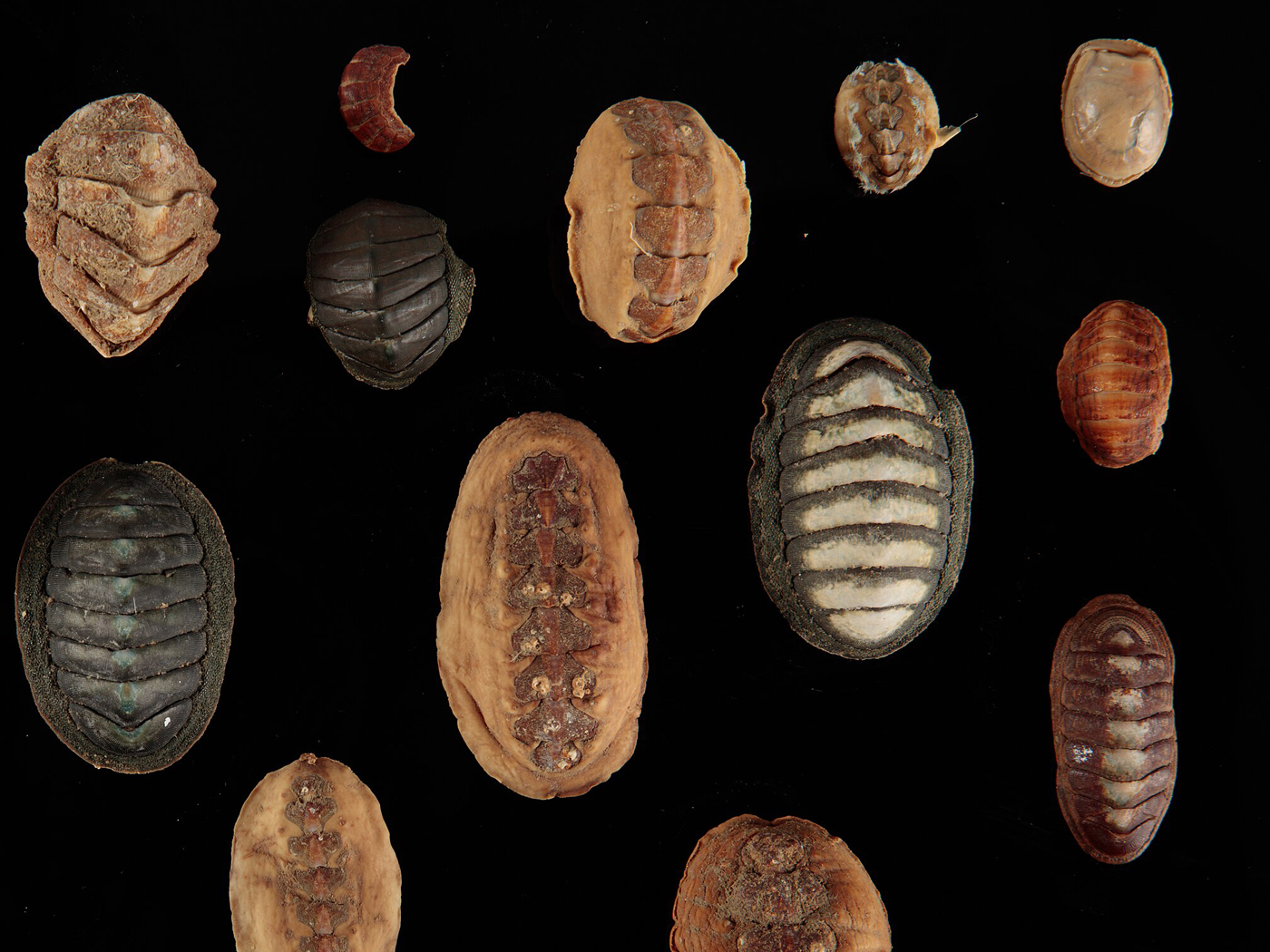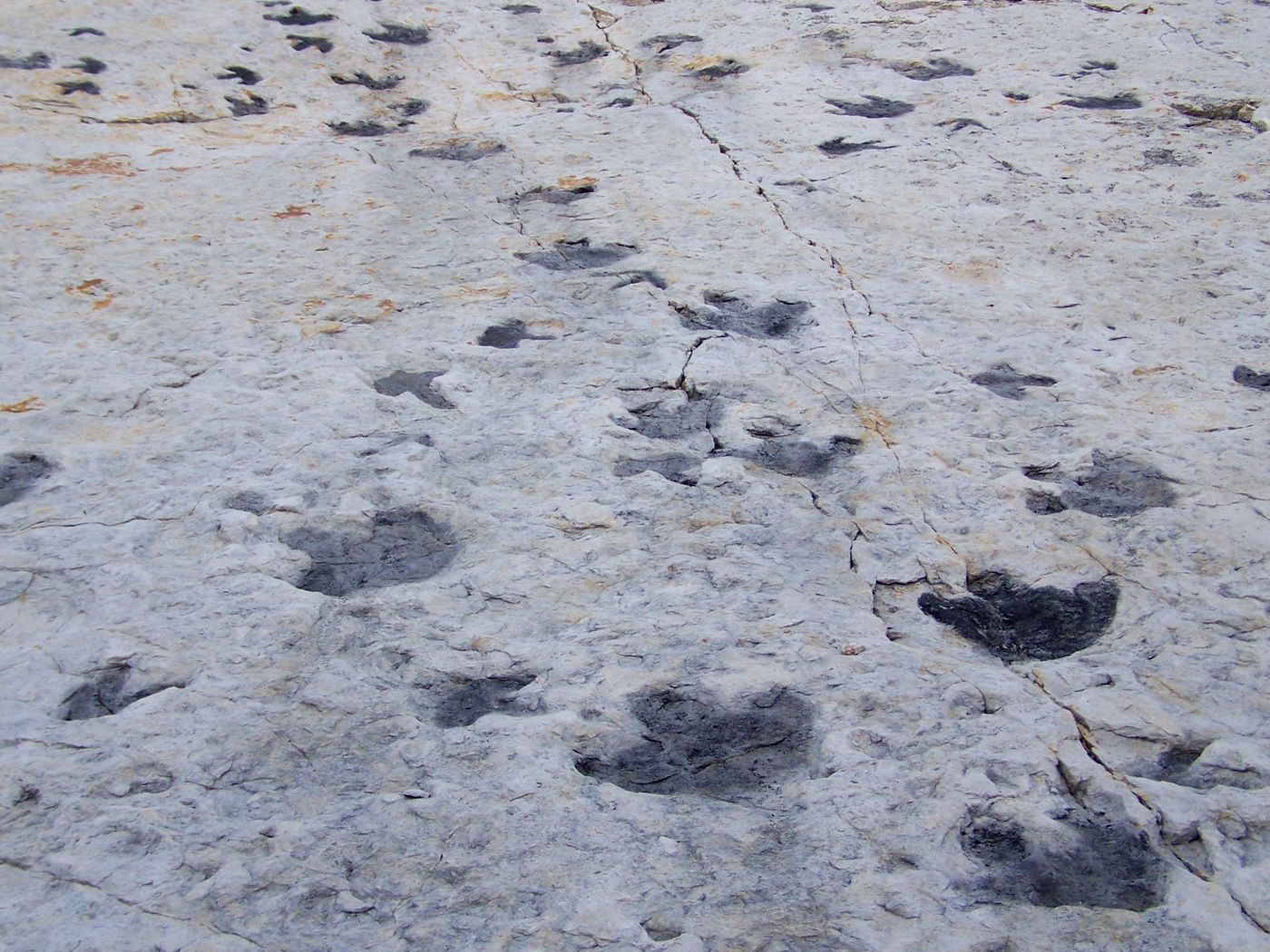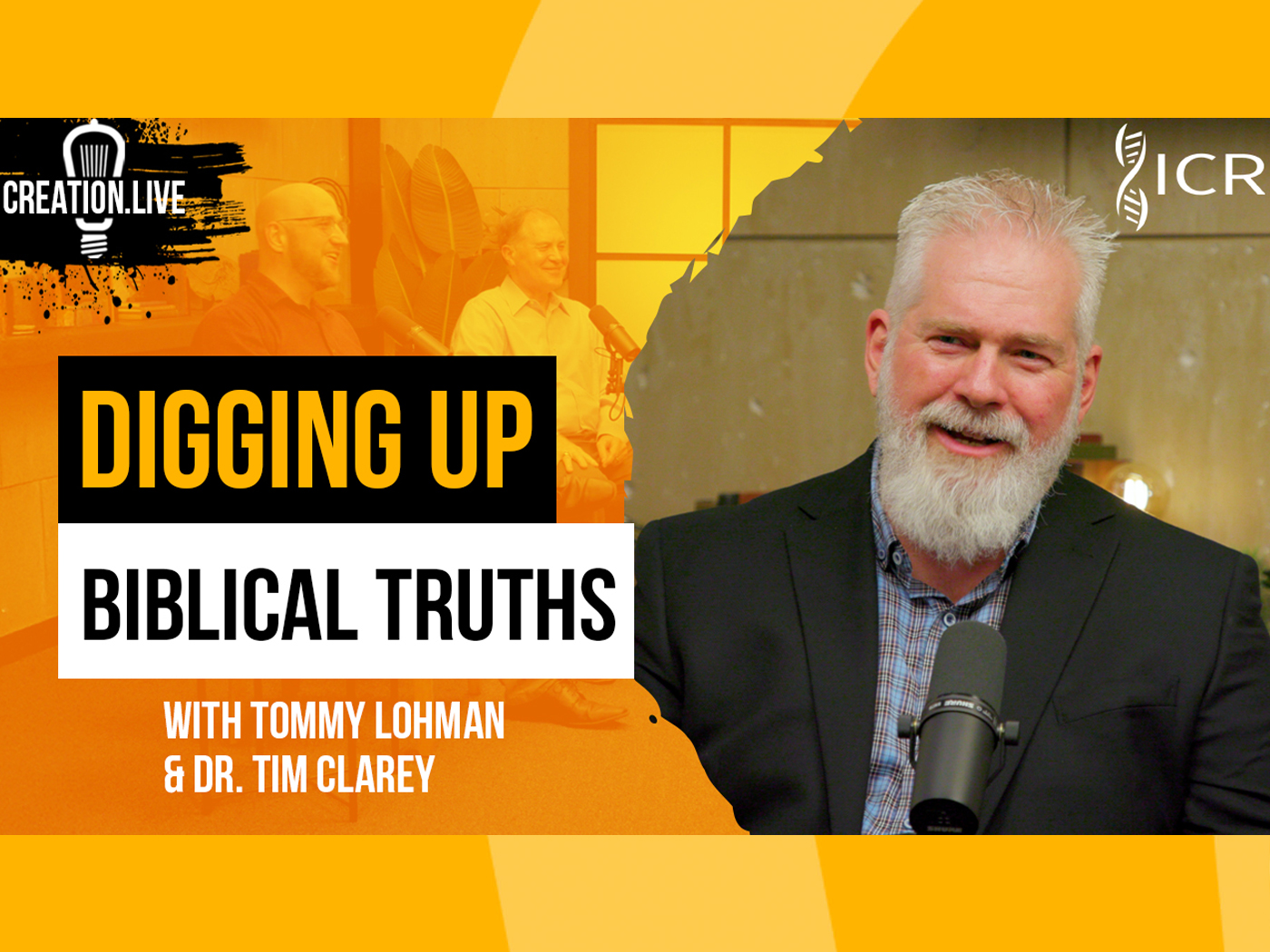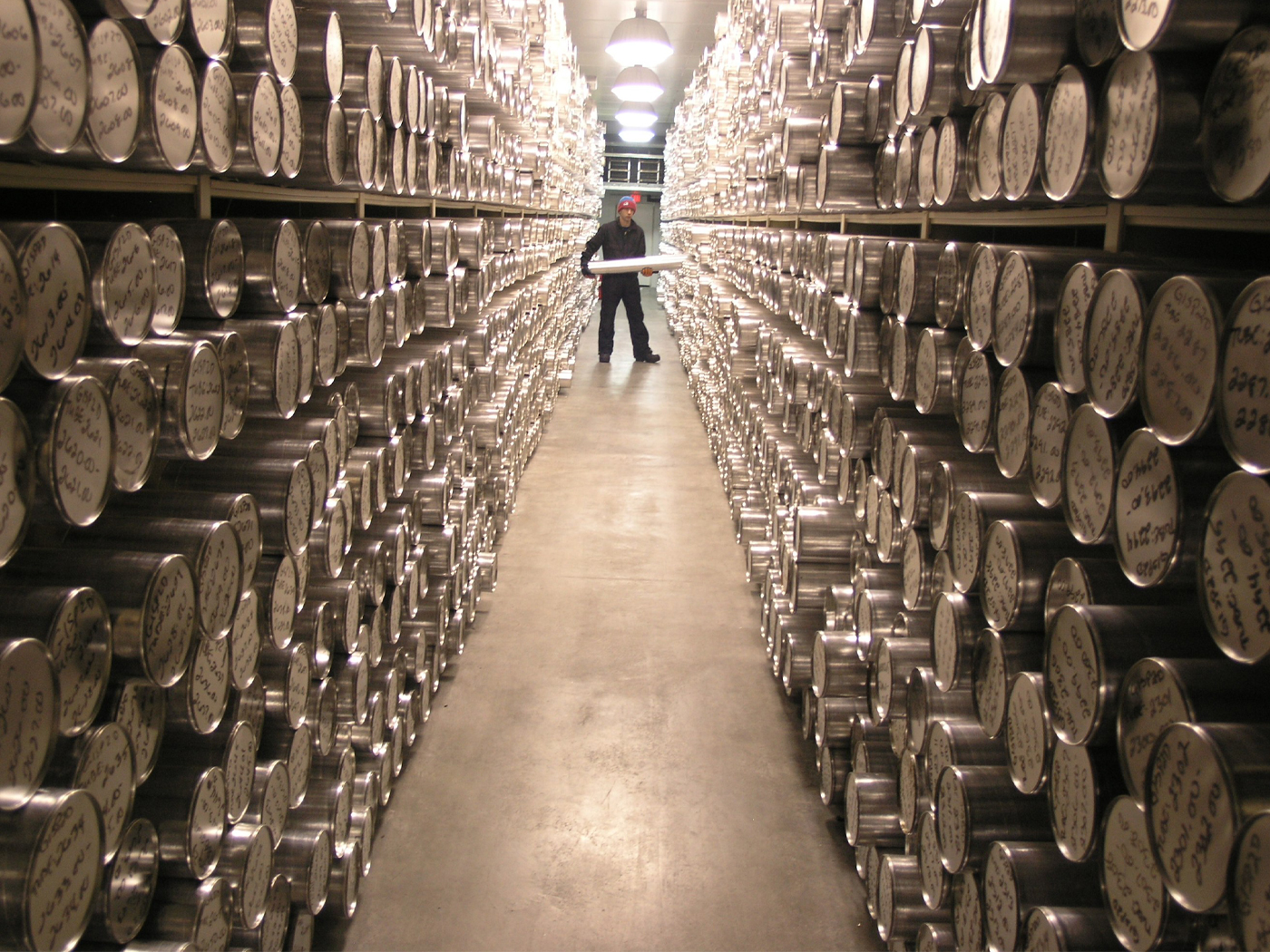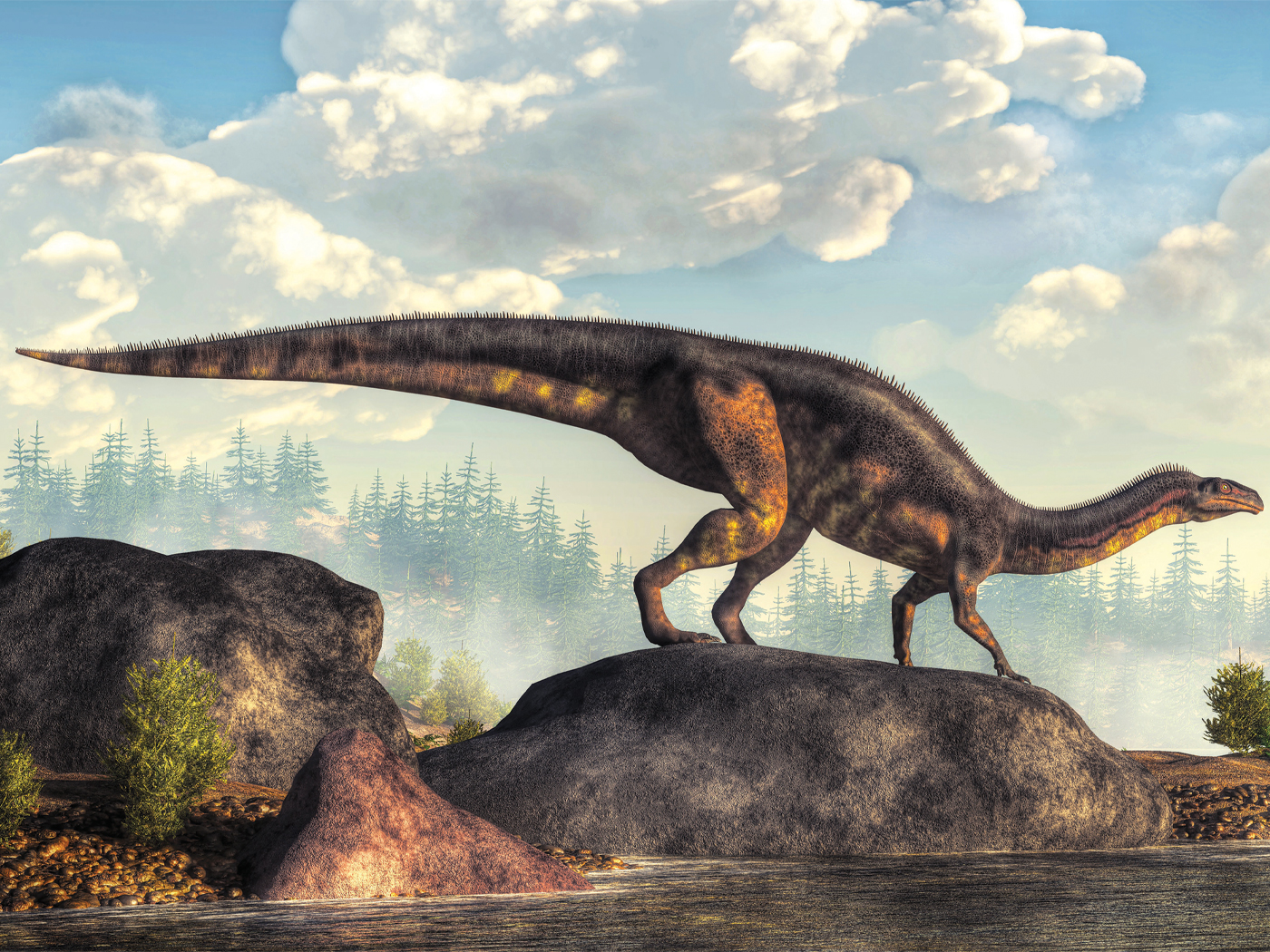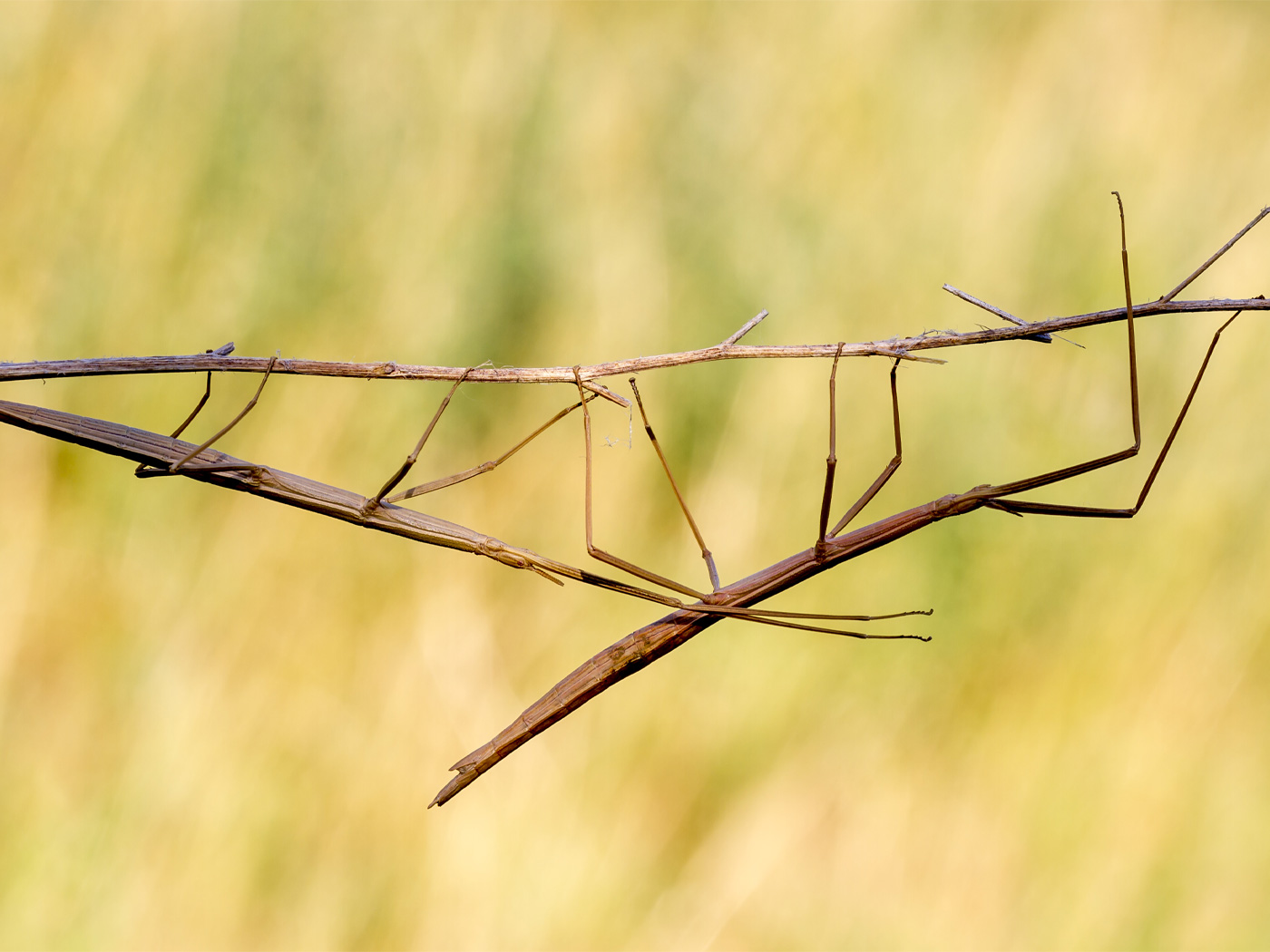Darwinian evolution asserts that a single original organism morphed over countless generations into the modern known life forms. Each species alive today would therefore represent the tip of its own "branch" on a gigantic imaginary tree of life, with the hypothetical ancestor of all life forms situated at the base of the trunk. What kind of evidence could confirm or deny this grand story?
One way…though it would always be subject to a degree of belief-influenced interpretation…would be to compare the DNA between species. Since a given species has supposedly evolved along its own separate trajectory or "branch" for countless years, it should have unique DNA, overall more similar to some creatures and dissimilar to others. Thus, evolutionists have been surprised to find in otherwise unrelated organisms a mix of very similar DNA sequences located in the midst of dissimilar sequences.
Some very different creatures share whole segments of the same DNA sequence, and another example was just discovered. These bend the branches of Darwin's tree past the breaking point.
In a study published in Current Biology, Vanderbilt University evolutionary biologists Antonis Rokas and Jason Slot examined two different species of mold that have distinct DNA and appearances. Strangely, however, these molds share a sequence of 60 thousand base pairs, lined up in the same order.1
This sequence contains a cluster of genes that, when translated by its cell into proteins, forms an assembly line to manufacture a particular chemical used for defense. Since the chances are nil that the exact same sequence of 60 thousand bases twice evolved through any random approach, the researchers assumed that the whole cluster "jumped" from one fungus to the other.
Other researchers have observed similar "gene jumping" across species in microbes, which are equipped with tools that sample and incorporate DNA from their environments into their super-small, single cells. But no known mechanism for this process…called "horizontal gene transfer" or "lateral gene transfer (LGT)"…has been characterized for eukaryotes (cells with nuclei and specialized structures), let alone for multicellular eukaryotes such as fungi, slugs, or four-footed animals.
Even in microbes, the appearance of similar gene sets sometimes defies the LGT explanation that they jumped between species.2 Assertions that LGT occurred in eukaryotes require a measure of faith because it has never been observed. Also, the process…if it even could occur…would need some way to deliver just the right genes to the germ cells of another organism.
A peculiar moss also "tangled" the evolutionary tree when it was found to actively process human genes.3 If it had evolved along its own plant branch, then why would it have mammal machinery in its cells?
Similarly, LGT was uncritically invoked to explain how photosynthetic slugs obtained a suite of genes that only plants had been known to have. Researchers did not expect to find that the slug species, which obtained chloroplasts from consumed algae cells, had the genes that were needed to provide the biomolecules to keep those chloroplasts happily and indefinitely producing sugars for the slugs to metabolize.4
LGT was even invoked to explain similar DNA sequences in four-footed animals.5 In the absence of some clear mechanism for LGT in eukaryotes, it is much more straightforward to conclude that each creature received its unique yet integrated and functional assemblage of DNA from a Creator.
The appearance of 60,000 of the same DNA bases in two totally different kinds of fungus fails to fit into a Darwinian evolutionary tree, and this would rightfully lead one to question the whole evolutionary edifice. In fact, so many sequences fail to fit the tree that a few investigators, willing to question neo-Darwinian evolution, have concluded that the picture of a tree of life is all wrong. One said that Darwin's tree "lies in tatters, torn to pieces by an onslaught of negative evidence."6
This fungus discovery is another strike against Darwin's tree. It is also yet another example of how LGT is used as an ad hoc explanation to cover over what looks like intentionally engineered DNA sequences.
References
- Salisbury, D. Discovery of jumping gene cluster tangles tree of life. Vanderbilt University press release, February 4, 2011, reporting on research published in Slot, J. C. and A. Rokas. 2011. Horizontal Transfer of a Large and Highly Toxic Secondary Metabolic Gene Cluster between Fungi. Current Biology. 21 (2): 134-139.
- Thomas, B. Bacterial Compasses Point to Creation. ICR News. Posted on icr.org August 13, 2009, accessed February 17, 2011.
- Thomas, B. Why Can Moss Process Human Genes? ICR News. Posted on icr.org June 16, 2009, accessed February 17, 2011.
- Doyle, S. 2010. Photosynthetic sea slugs: an evolutionary enigma. Journal of Creation. 24 (3): 10-12.
- Pace II, J. K. et al. 2008. Repeated horizontal transfer of a DNA transposon in mammals and other tetrapods. Proceedings of the National Academy of Sciences. 105 (44): 17023-17028.
- Lawton, G. 2009. Why Darwin Was Wrong About the Tree of Life. New Scientist. 2692: 34-39. Quoted in Thomas, B. and F. Sherwin. 2009. Darwin's Withering Tree of Life. Acts & Facts. 38 (5): 16.
* Mr. Thomas is Science Writer at the Institute for Creation Research.
Article posted on February 25, 2011.




